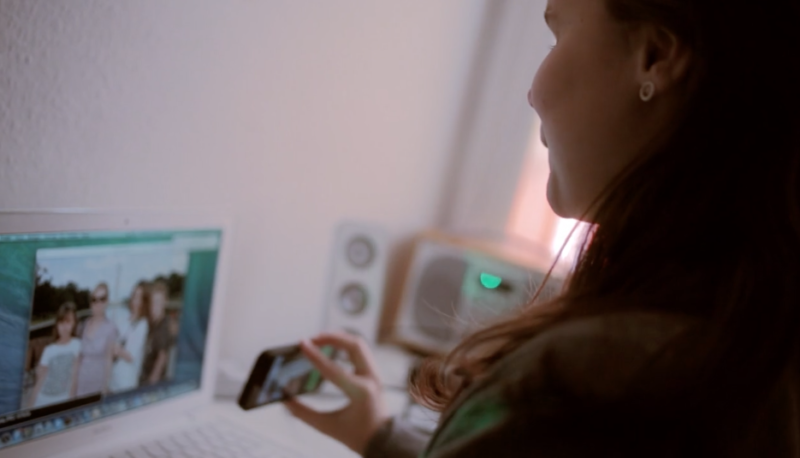“You get a window into somebody else’s life,” she said, noting that the volunteer gig has actually gotten somewhat competitive. “There are so many volunteers now that if you don’t answer a call quickly, you miss it.”
Will Butler, who helps run BME and is visually impaired himself, said the feel-good nature of the app is a big draw for volunteers.
"I think of Be My Eyes as the first truly social network," he said. "The value people get out of the app is from being able to hang up and say, 'I feel better,' whether that’s the blind person or the sighted person."
Since 2015, when the Denmark-based platform launched, more than 2 million volunteers have signed up to assist some 120,000 blind and low-vision users, according to the company.
That rapid expansion has forced the startup, which has until now been subsisting on grants and private investment, to figure out how to pay for the infrastructure to maintain the increasing volume of video-call traffic.
CEO Christian Erfurt said he never wanted to resort to the kind of advertising based on user data that has become standard in the tech world.
“In the first two years it was challenging, because we had advisers and mentors around us and people who were critical that we didn’t monetize faster,” Erfurt said.
BME has access to all call content, but says it's used only to remove inappropriate content on the platform.
Erfurt said to get a better idea of what exactly people were using the app to identify, they started asking users and volunteers for feedback. They discovered that many queries were about specific products that visually impaired people had trouble using — everything from computers to kitchen appliances.
“We realized that many of our volunteers were actually doing tech support,” Erfurt said. These calls, his team learned, would be valuable to companies looking for insights on how to make their products more accessible.
Butler said there is an almost endless list of things companies can do to make their products more accessible to the visually impaired. And when those improvements are made, he added, the products generally become easier and more intuitive for everyone to use.
To capitalize on the valuable information in these calls, BME is now working with several big tech companies, like Google and Microsoft, that pay for referrals. If a blind person, for instance, is struggling to use Gmail, the BME app will offer to connect them with Google's accessibility support team.
Erfurt said the company is currently looking for other companies to partner with.
But this all raises a big question. Will directing callers to companies disrupt the spontaneous, feel-good experience of this social network? Erfurt thinks it won't, but he admits the future of the app is unclear.
As of now, BME is still a place where two strangers can meet and share a brief, pleasant moment ... maybe even over a bottle of wine.
This story is part of a series that comes to us from Chris Hoff and Sam Harnett of the podcast, The World According to Sound. They’re teaming up with the LightHouse for the Blind and Visually Impaired in San Francisco to help us reimagine California in the rich ways blind people experience it every day. The project has additional support from California Humanities.
